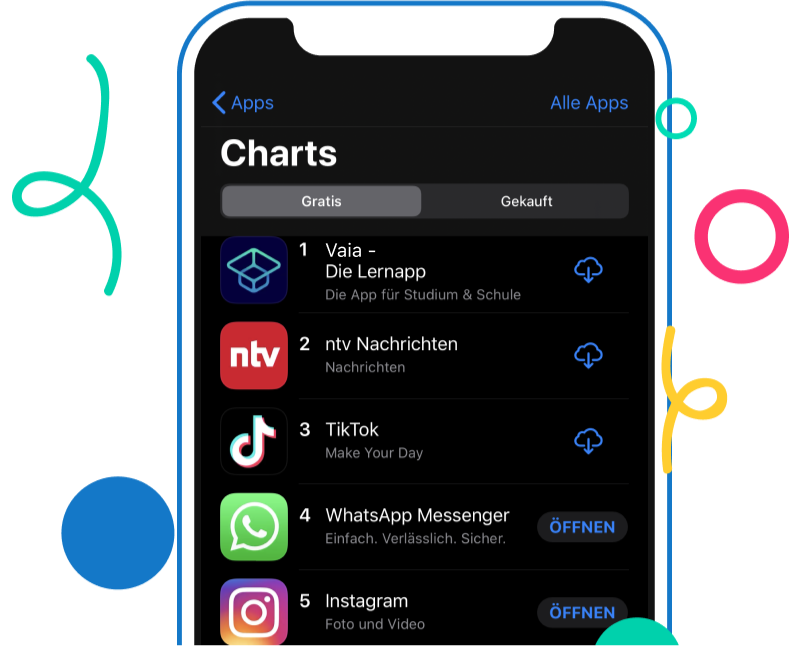We will explore the essence of the Holi festival, its historical significance, the delightful foods associated with the celebration, and the warm wishes exchanged among participants.
What is Holi Festival?
Basically, Holi is a Hindu festival celebrated primarily in India and Nepal, and by the diaspora around the world. It is marked by the throwing and applying of colored powders and water on friends and family. The festivities are complemented by music, dance, and a general spirit of revelry.
Holi is considered a public holiday in many parts of India. Schools, businesses, and government offices are typically closed, allowing everyone to engage in the festivities.
Holi Dates
Holi is typically celebrated at the end of winter, on the last full moon day of the Hindu lunisolar calendar month, which usually falls in March. The exact date varies each year due to its dependence on the lunar cycle. However, in 2025, Holi will begin on the evening of March 13th and continue into March 14th. The festival starts with Holika Dahan on the night of the full moon and is followed by Rangwali Holi, the day of playing with colors, the next morning.
Why is the Festival of Holi Celebrated?
The roots of Holi are tied to various legends in Hindu mythology, one of the most popular being the legend of Prahlad and Hiranyakashipu. The festival celebrates the triumph of good over evil. This celebration is represented by the victory of Prahlad, a devout follower of Vishnu, over his tyrant father Hiranyakashipu. It also symbolizes the eternal love between Krishna and Radha. The festival’s colors originate from the playful and mischievous acts of Krishna in his youth during which he doused the village girls with water and colors.
Holi Festival History
The origins of Holi can be traced back to ancient India, with its detailed descriptions found in early religious works such as Jaimini’s Purvamimamsa-Sutras and Kathaka-Grhya-Sutras. Historically, Holi was also celebrated as a spring festival of fertility and harvest. Over the centuries, it has evolved but the core reason for celebration — joy, triumph, and the onset of spring — remains intact.
Example of Events for Holi
Holi Festival Food
Food plays a significant role in Holi. The festival is famous for its seasonal delicacies which include:
- Gujiya: A sweet dumpling stuffed with a mixture of sweetened khoya (milk solids) and dried fruits.
- Thandai: A traditional drink made with milk, sugar, and various spices, sometimes laced with bhang (cannabis) to elevate the spirits of the occasion.
- Puran Poli: A sweet flatbread filled with a mixture of jaggery and gram flour. These foods are not just nourishment but a part of the celebration, enhancing the experience of togetherness and joy.
Holi Festival Wishes
Exchanging wishes during Holi is a way of spreading happiness and goodwill. Common greetings include:
- “Wishing you a Holi filled with sweet moments and colorful memories to cherish forever.”
- “May this Holi bring the colors of success, prosperity and happiness into your life.”
Conclusion
Finally, the Holi festival is a profound reflection of ancient traditions and modern enjoyment. It symbolizes unity, forgiveness, and renewal through the playful splashing of colors, the sharing of festive foods, or the warm exchange of festive greetings. Holi is a time to bridge social gaps and renew relationships. As spring reawakens the environment, Holi rejuvenates the spirit of its participants across the globe.







